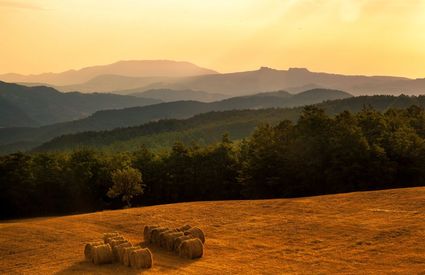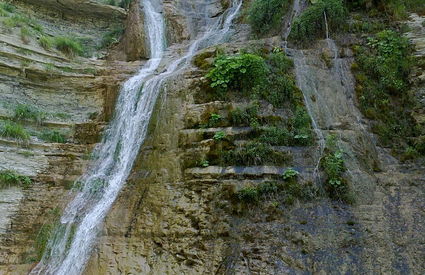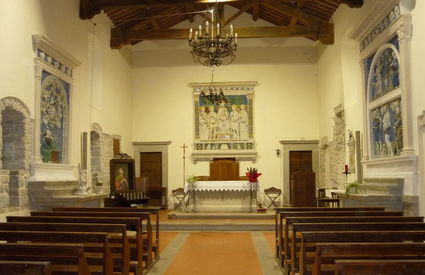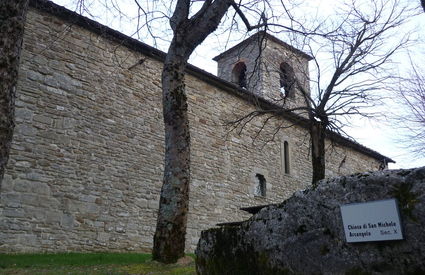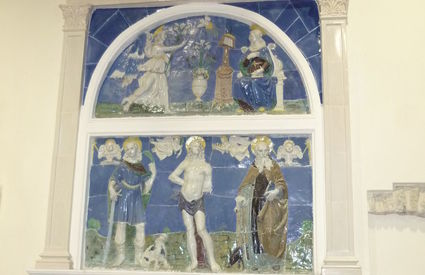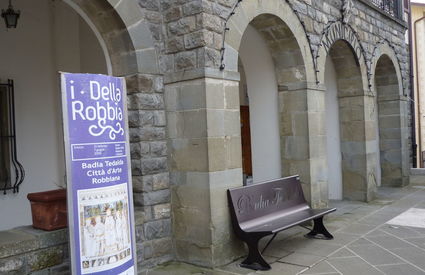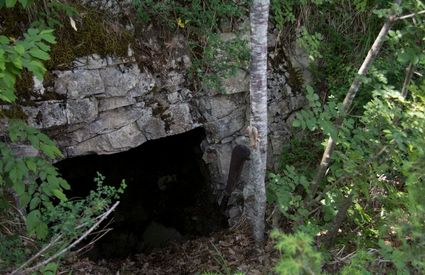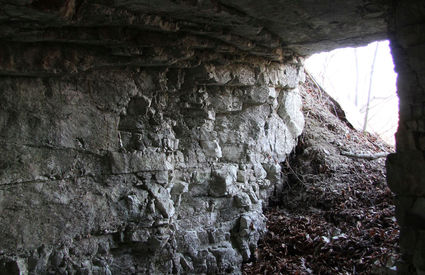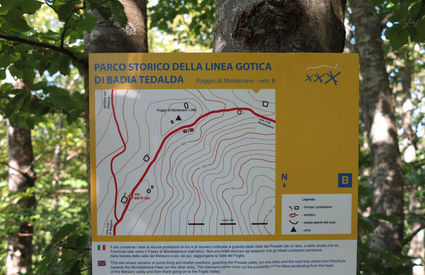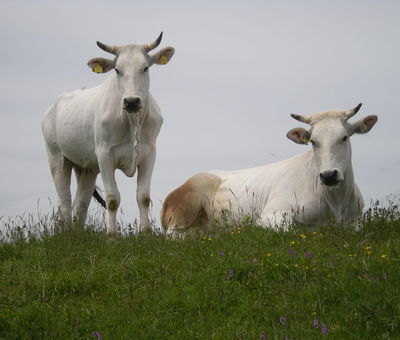Chapter #4
Chianina
This is an abundant land. In this Apennine border area, packed with fields and open spaces, you may spot some white giants grazing. These are the Chianina cattle,, appreciated by the Etruscans and Romans for their strength and resistence at work and today prized for their genuine, delicious meat. The animals are raised in the open air according to the area’s natural rhythms, and might inspire you to explore this territory with a gastronomic mission, aiming to uncover the flavors and know-how of a lost time.


